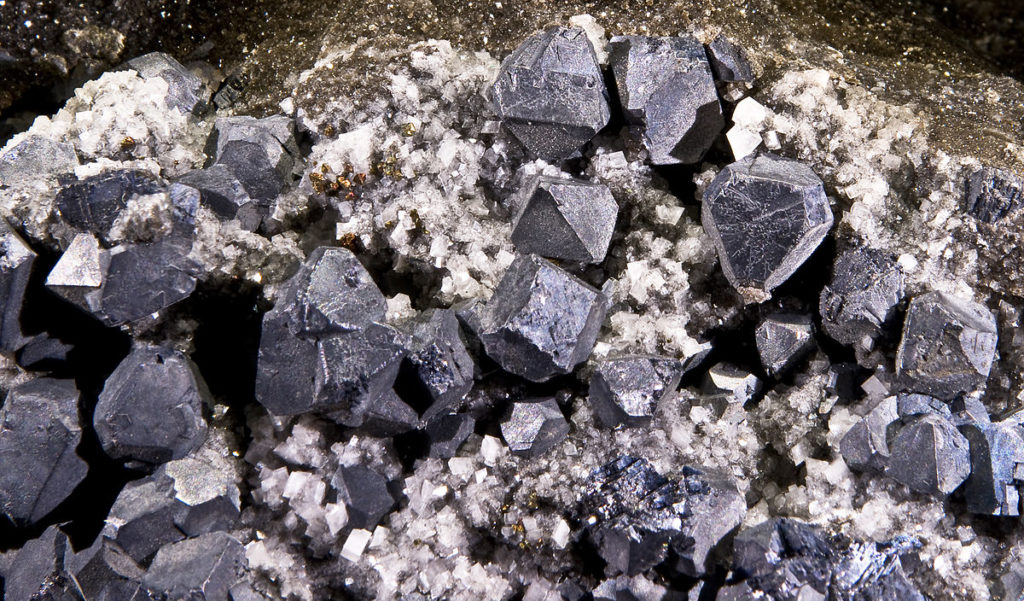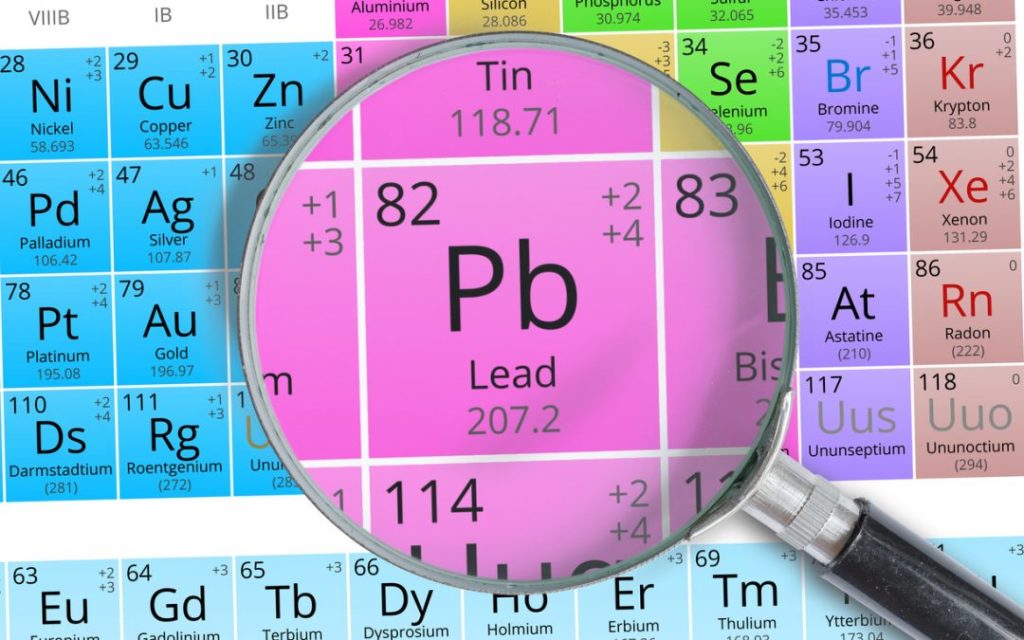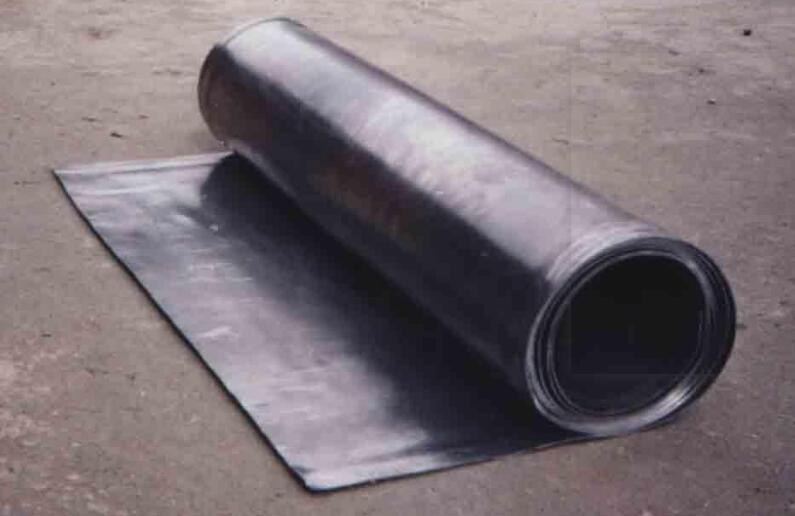Lead paint Decontamination
Lead paint Decontamination
Gestion Xpress Demolition | Decontamination Amiante : In addition to our demolition, asbestos decontamination and mold decontamination services, our company offers a lead decontamination service.
Decontamination is used, among other things, to decontaminate lead-based paint found on walls, ceilings, woodwork and many other elements. The objective of decontamination is to measure the contamination of surfaces before and after the work to ensure complete decontamination.
There are a variety of techniques to remove surface lead levels in paint, dust, soil, water and air.

Before starting the work, it is necessary to create a containment area where the decontamination work will take place. This containment area will prevent dust and contaminated materials from being released into nearby environments. The containment area must be clearly marked with signs warning of the danger and indicating that no one may enter it without authorization.
If there are no negative air machines on site, they should be brought in immediately after establishing the containment zone. Negative air machines are used to remove contaminated air inside the dust containment area, preventing it from migrating into surrounding areas where people might come into contact with it. These are central vacuum systems equipped with HEPA filters, which can be used around the perimeter of decontamination sites.
Decontamination contractor
Decontamination involves reducing lead levels on surfaces. One of the techniques is chemical stripping. Chemical stripping involves removing contaminants, such as lead-based paint, by dissolving them in a chemical solution. A growing body of research has been published on decontamination procedures. Also, the decontamination of other heavy metals such as arsenic and cadmium.
The process involves chemical dissolution or complexation. Decontamination is a complex process and requires a lot of ammunition, which is why it is best to do business with a decontamination contractor to avoid any danger of exposure.

What is lead ?
Lead is a naturally occurring chemical element. Relatively abundant in the earth’s crust, it is one of the oldest known and worked metals. Under simple standard conditions, it is a malleable metal with a gray color that can vary between bluish and slowly whitens as it oxidizes. It is a toxic element and was classified as a possible carcinogen in the 1980s. The symptoms it causes in humans or animals are collectively referred to as lead poisoning. This contaminant can nevertheless be found today in all environmental media such as air, water, soil, food, buildings, etc. It was used in ancient times for the production of coins, pipes, tableware and more.
Lead uses
Lead based paint
Adding this metal to the paint speeds up the drying of the oil paint, decreasing the time needed to apply a second coat.
The use of lead in paint and other materials is now banned in many countries because of its toxicity. The human body does not eliminate it, whatever the dose, the accumulation in the body causes serious symptoms.
This paint is very dangerous. If ingested, it can cause nervous system damage, growth retardation, kidney damage, and developmental delay. It has a sweet taste, which might encourage children to put paint chips and contaminated toys in their mouths.
Burning painted wood or welding contaminated steels could lead to the dispersion of lead. High levels of lead contamination can cause severe symptoms and in the worst cases death.
Lead sheet
Use of sheets for waterproofing coating
These sheets are used for covering balconies, terraces, window sills and also for jointing roofs. In Canada, coatings are primarily used for radiation protection and, to a lesser extent, in building-related applications such as flashings, coatings and roofing. The three Canadian manufacturers produced approximately 738 tonnes of lead sheet in 2011, mostly for the domestic market. There were also approximately 124 tonnes of leaf imported into Canada.
It remains the most effective material that meets the conditions and specifications set forth in various construction and safety codes for radiation protection. Its density and high mass attenuation coefficient make it the most commonly used material for radiation shielding applications.

F.A.Q.
Answers to your questions
How to test for lead in water?
If your piping system is lead, there is a good chance the water is contaminated. Analyzing a sample of cold tap water can help detect contamination. You should contact the person in charge of the water distribution system in your area to find out if analyzes have already been carried out.
What are the symptoms of lead exposure?
Ingestion or inhalation of this contaminant is toxic. It causes reversible disorders such as anemia or digestive or irreversible disorders, damage to the nervous system, encephalopathy and neuropathy
Poisoning can cause the following symptoms:
– abdominal pain
– constipation
– headache
– weight loss and anemia (a condition in which the blood does not carry enough oxygen to the cells of the body)
Digestive disturbances are usually mild and of short duration.
How does lead poisoning occur?
Simply by ingestion or inhalation. Compared to asbestos or mold, this contaminant can also penetrate through skin pores. This is why personal protective equipment (PPE) is necessary for carrying out decontamination work.
What does lead-based paint look like?
As with asbestos, it is impossible to identify the presence of this contaminant with the naked eye. Only a materials test can determine its presence. Paint color is not a reliable indicator. If the building was built before 1994, it is possible that lead or derivatives are present in the coatings, varnishes, finishing coats, etc.
How to recognize lead pipes?
The pipes are generally gray in color. You can tell if a pipe is lead simply by scratching the surface with a coin. Scratching the pipe will leave a silver mark if it is lead.
